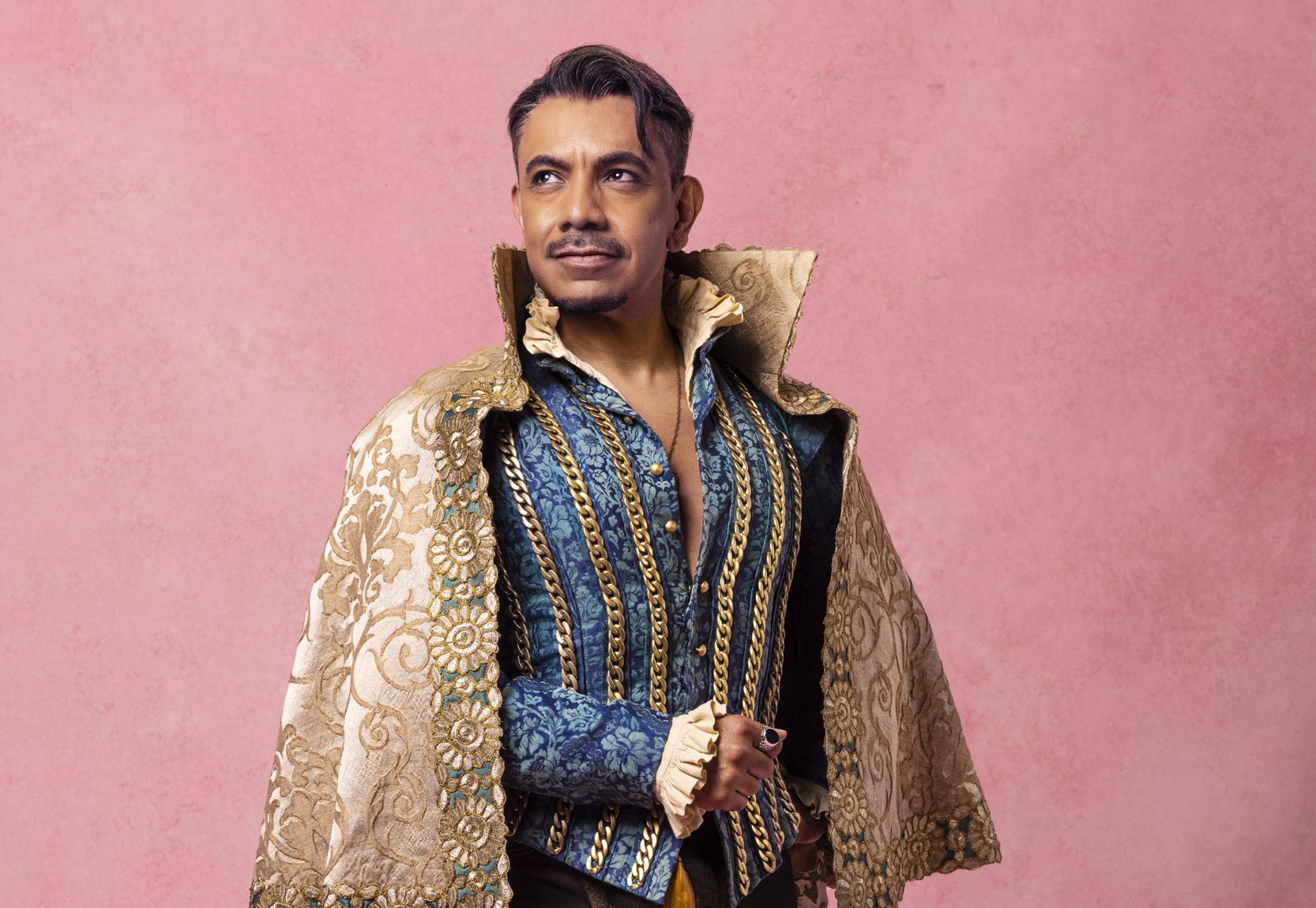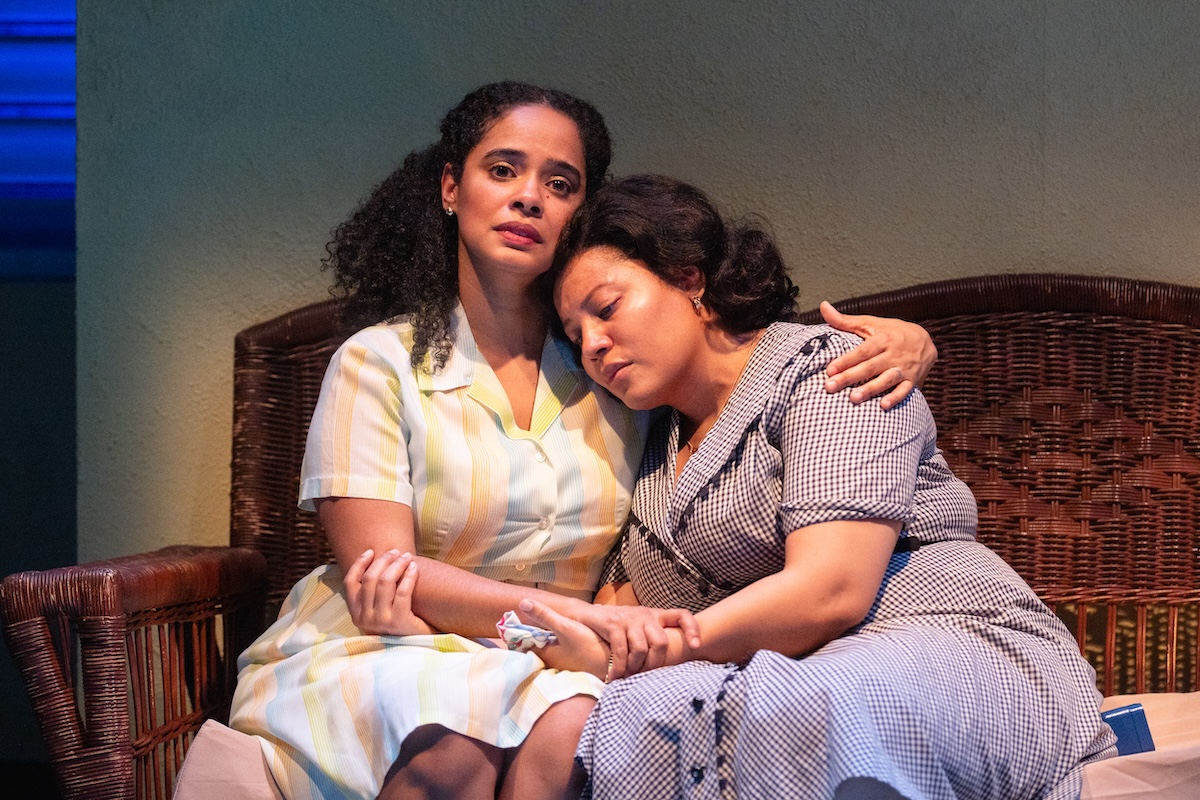Il Trovatore

in Il Trovatore
(© Ken Howard)
On any CD compilation of Verdi arias, several blockbuster tunes from his often-maligned Il Trovatore would have to be included. Indeed, there are those who maintain that “The Anvil Chorus” is the most famous piece of music written for any opera ever. For that reason alone, there’s a good case to be made for audiences waxing jubilant at any production throughout which the composer’s music is sent soaring into the auditorium with consistent bravura — which can indisputably be claimed for David McVicar’s new production of Il Trovatore for the Metropolitan Opera, which is being presented in tandem with Lyric Opera of Chicago and San Francisco Opera.
Indeed, this new version, conducted at its premiere by Gianandrea Noseda, hits the mark on just about every aria, but never more than with the ultra-hummable “Anvil Chorus,” during which shirtless and brawny men strike those anvils in ringing delight.
Fortunately, Trovatore‘s music distinguishes a credulity-straining story that may have resonated with mid-19th-century aficionados, but nowadays falls just this side of ludicrous. Set against wartime shenanigans — which McVicar has decided will be the “Peninsular War” of 1808 — brothers Count di Luna (Dmitri Hvorostovsky) and Manrico (Marcelo Alvarez) vie for the love of the same woman, Leonora (Sondra Radvanovsky). Meanwhile Manrico’s supposed mother, the witch Azucena (Dolora Zajick) skulks around the Count’s operations base seeking revenge for a baby (accidentally?) thrown into a fire.
That the Count and Manrico are brothers and that the former eventually does in the latter to fulfill Azucena’s curse is something opera followers let slide
— although given Hvorostovsky’s fair coloring and Alvarez’s brooding dark looks in this version, the pair’s blood tie certainly remains obscure.
In placing the opera when he has, McVicar avails himself of Francisco Goya imagery that’s most prominent in a show curtain advertising a detail from the Spanish master’s 1821 “Pilgrimage to San Isidro.” The mammoth billboard alone may account for Met regulars preferring the new production to the one it replaces from 1988. Whether it’s a vast improvement — with its turntable rotating massive walls that delineate indoor and outdoor settings — isn’t a sure thing.
Still, McVicar doesn’t scuttle the traditional tactic of placing his singers front and center whenever they have something to declaim. Nor does he push for subtle acting. While Alvarez, Hvorostovsky, and Zajick warble gallantly and effectively to the rafters, only Radvanovsky reaches inside for emotional intimations. Her vibratos have the effect of a throbbing heart. And while it’s true that she spends an inordinate amount of time either falling to the floor of her own volition or being thrown there by Count di Luna or Manrico — with singing of this caliber, who cares?












